Few animals captivate the imagination quite like big cats. From the majestic roar of the lion to the silent stalk of the leopard, these creatures are marvels of evolution. Each species has developed unique adaptations that allow them to thrive in their specific environments. Big cats are not just apex predators; they are symbols of power, grace, and survival. Let’s delve into the fascinating world of big cat adaptations and discover what makes each one uniquely equipped for life in the wild.
1. The Lion’s Mighty Mane
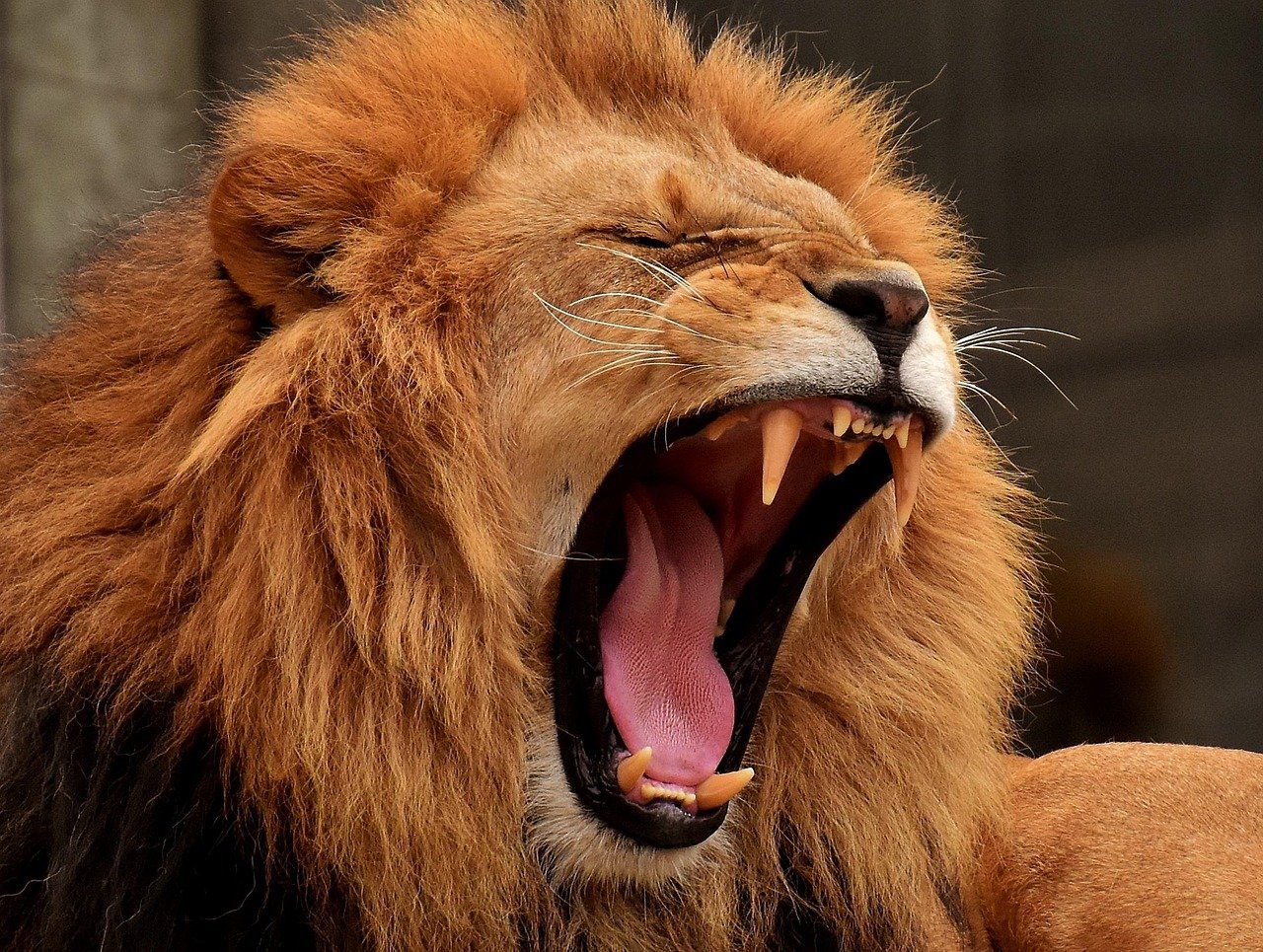
The lion’s mane is not just a symbol of its kingly status; it serves multiple purposes in the wild. This thick, luscious growth of hair around the neck and head provides protection during fights with rivals. When two male lions clash, the mane acts as a buffer, absorbing blows and reducing the risk of injury. Additionally, the mane can signal a lion’s health and virility to potential mates. A fuller, darker mane is often associated with a lion that is well-nourished and genetically fit. The mane’s color can even change with age and health, serving as a visual cue to other lions in the pride. This adaptation not only aids in physical confrontations but also plays a role in social dynamics and reproductive success.
2. The Leopard’s Stealthy Spots
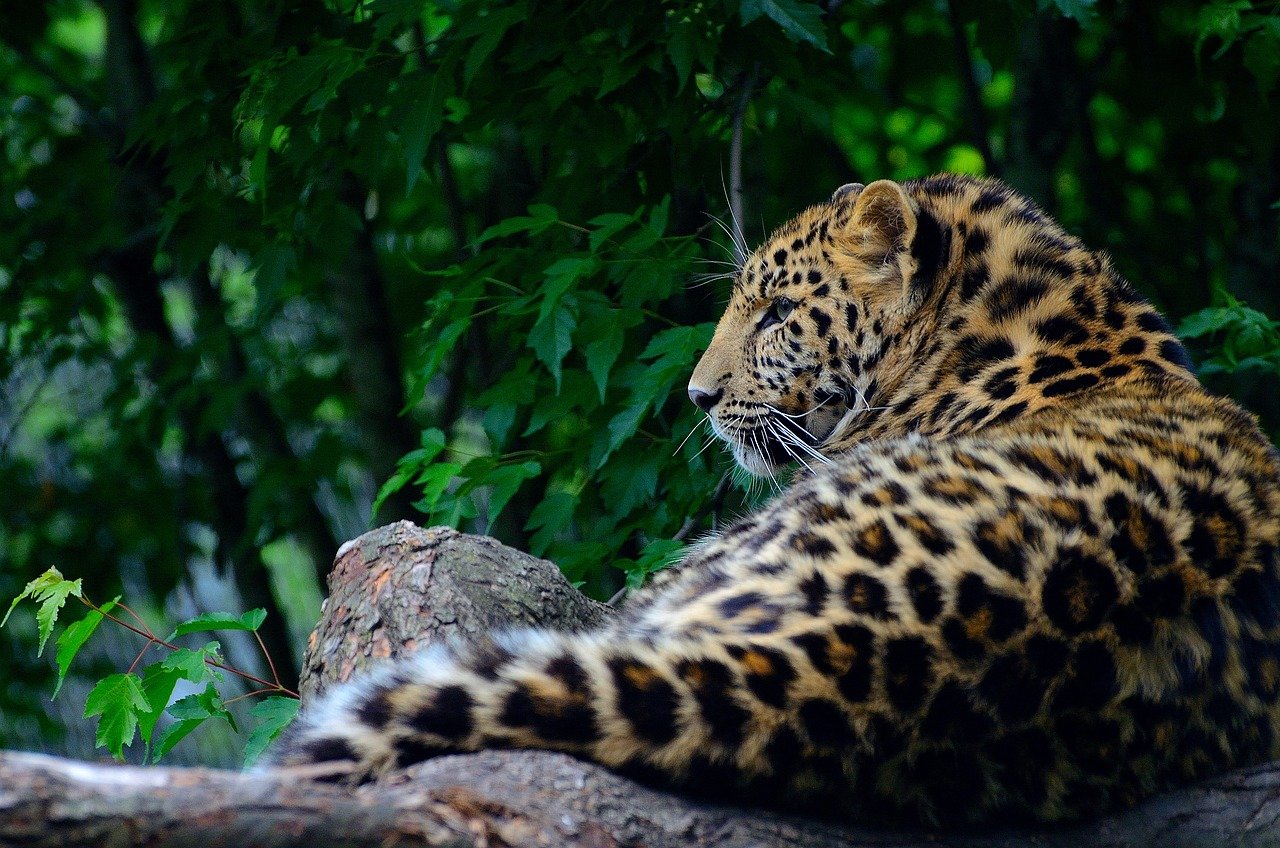
Leopards are renowned for their distinctive spotted coats, which serve as a perfect camouflage in their natural habitat. These rosettes, a pattern of dark spots surrounded by lighter fur, help leopards blend seamlessly into the dappled shadows of the forest or the sunlit savannah. This camouflage is crucial for stalking prey, allowing them to get incredibly close before launching a surprise attack. The spots also help leopards avoid detection by other predators, providing a strategic advantage in the wild. This stealthy adaptation is essential for their solitary lifestyle, where every hunt counts. The pattern is so effective that even at close range, a leopard can be challenging to spot, making them one of nature’s most elusive predators.
3. The Cheetah’s Speed Demon Build
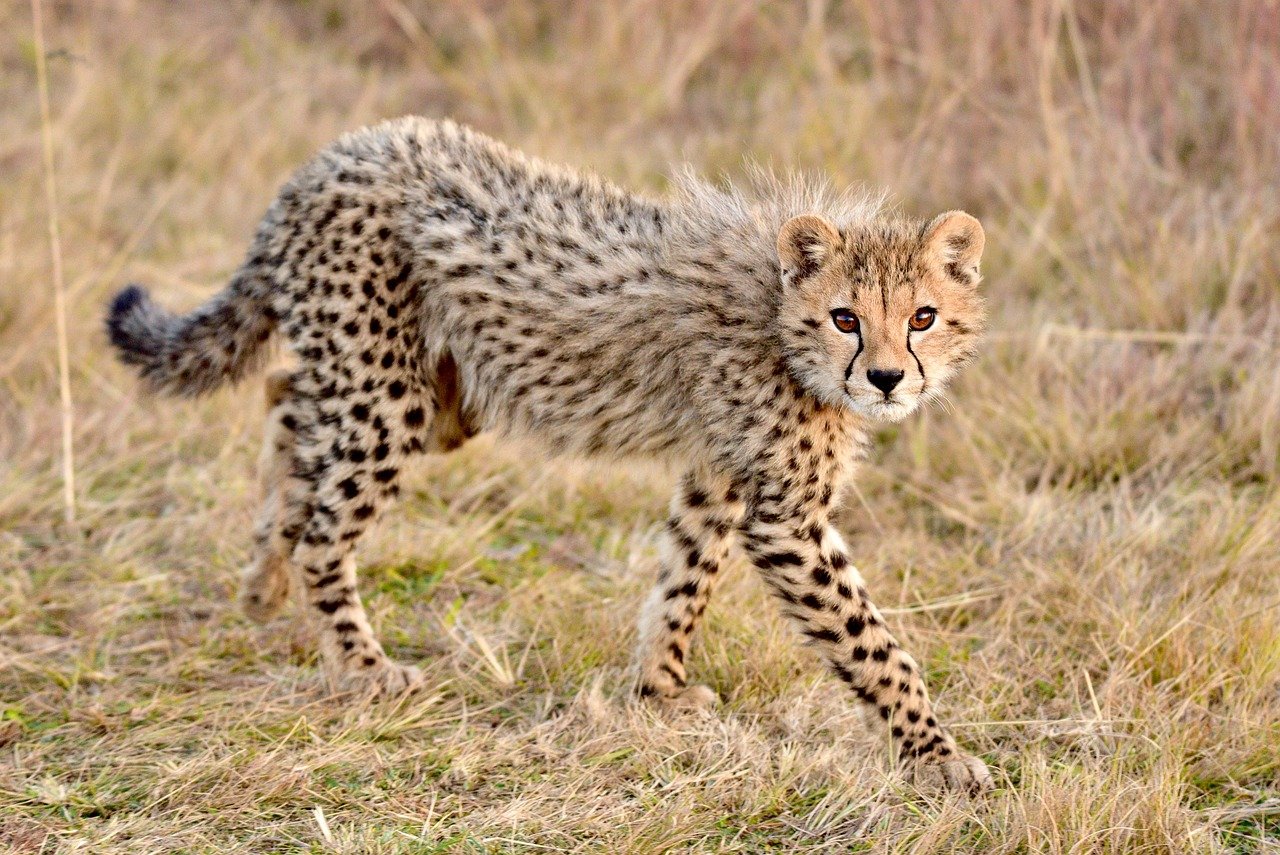
Cheetahs are built for speed, and their bodies are perfect examples of nature’s engineering. With long, slender legs, a lightweight frame, and a flexible spine, cheetahs are capable of reaching speeds up to 70 mph. Their large nasal passages and lungs allow for increased oxygen intake, while their oversized adrenal glands provide the burst of energy needed for short, high-speed pursuits. Additionally, their semi-retractable claws provide traction, similar to the spikes on a runner’s shoes. This unique combination of adaptations makes the cheetah the fastest land animal, but it’s not just about speed; it’s about acceleration and agility. Cheetahs can go from 0 to 60 mph in just a few seconds, making them unparalleled in the chase.
4. The Snow Leopard’s Cold Weather Gear

Snow leopards are perfectly adapted to the harsh, cold environments of the mountain ranges in Central and South Asia. Their thick fur, which is one of the densest among big cats, provides insulation against freezing temperatures. The fur is also patterned with rosettes and spots, providing camouflage against the rocky terrain. Their long, bushy tails are not only used for balance when navigating steep slopes but also serve as a wrap-around blanket to keep them warm while resting. The snow leopard’s large paws act like snowshoes, distributing their weight evenly and allowing them to walk on snow without sinking. These adaptations make snow leopards masters of their frigid domain, able to hunt and survive where few others can.
5. The Jaguar’s Powerful Bite
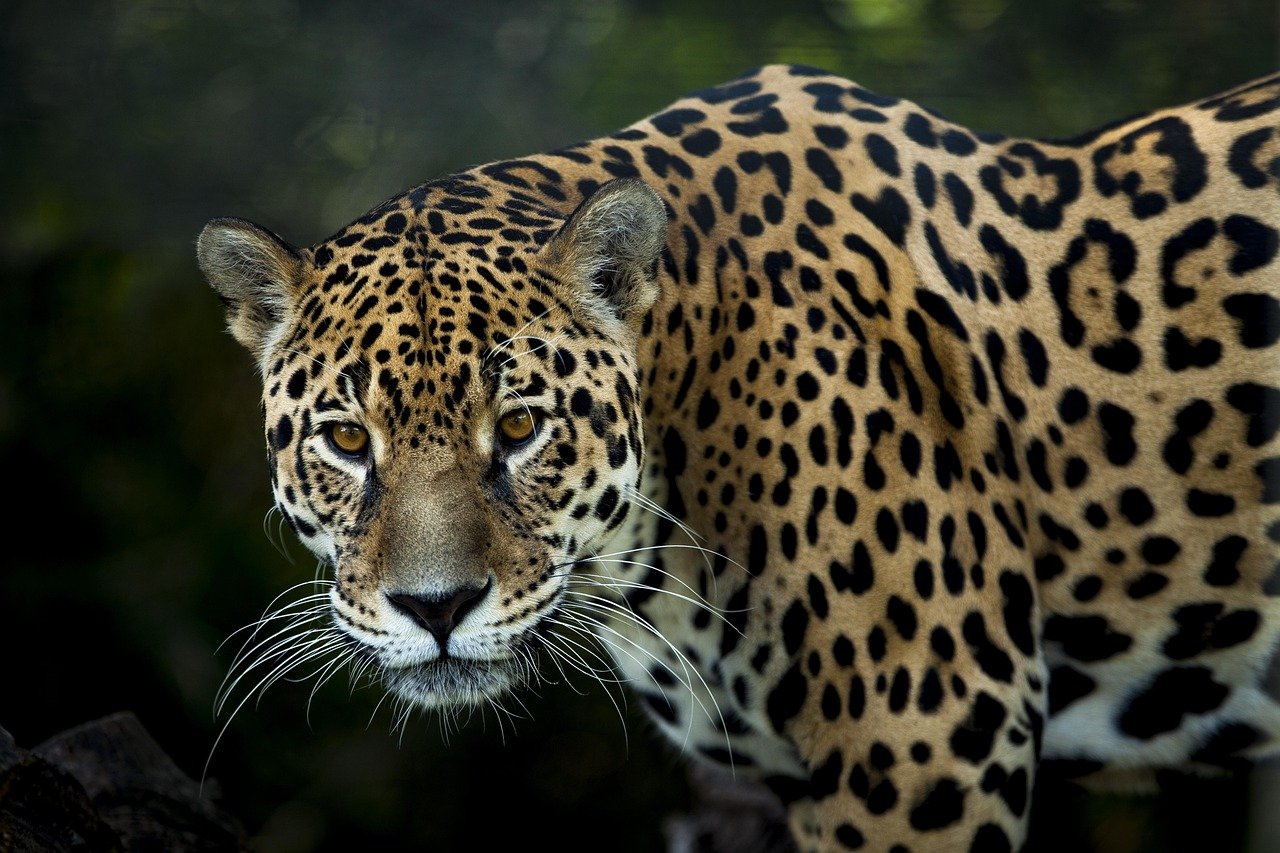
Jaguars possess one of the most powerful bites in the animal kingdom, capable of crushing the skulls of their prey. This strength is due to their robust jaw muscles and a unique arrangement of teeth, which allow them to puncture the tough hides of caimans and turtles. Unlike other big cats that typically go for the throat, jaguars often kill by biting directly through the skull. This adaptation is particularly useful in the dense jungles of the Americas, where prey is both plentiful and varied. The jaguar’s bite is not just about raw power; it’s a specialized tool that allows them to exploit a wide range of food sources, from land-dwelling mammals to aquatic creatures.
6. The Tiger’s Striped Camouflage
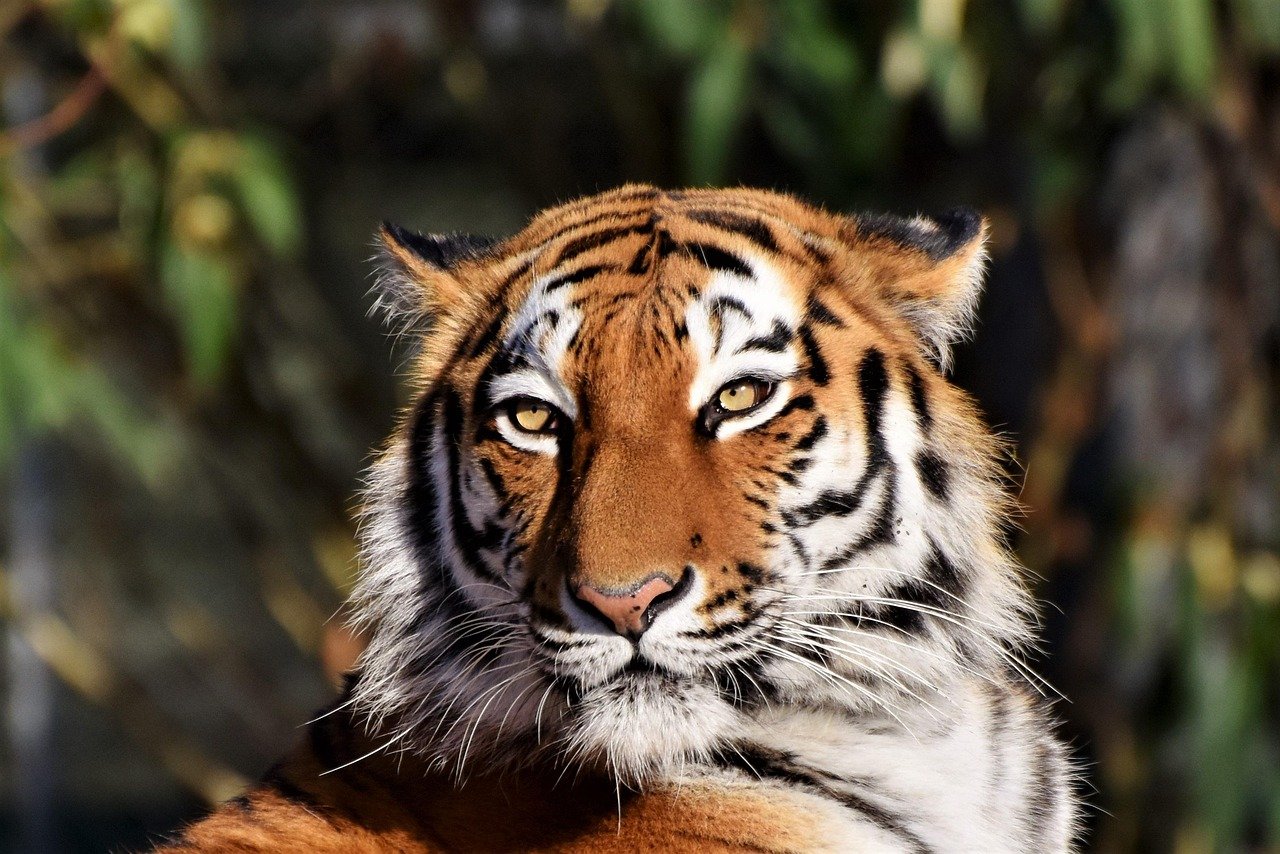
Tigers are the largest of the big cats, and their striking orange and black stripes are not just for show. These stripes serve as excellent camouflage in the dense forests and grasslands they inhabit. The vertical pattern breaks up the tiger’s outline, making it difficult for prey to spot them among the trees and tall grasses. This camouflage is particularly effective during the day, when shadows and light play across the landscape. Each tiger’s stripe pattern is unique, much like a human fingerprint, which also aids in individual identification. This adaptation is crucial for their hunting strategy, allowing them to get close to prey without being detected.
7. The Clouded Leopard’s Climbing Prowess
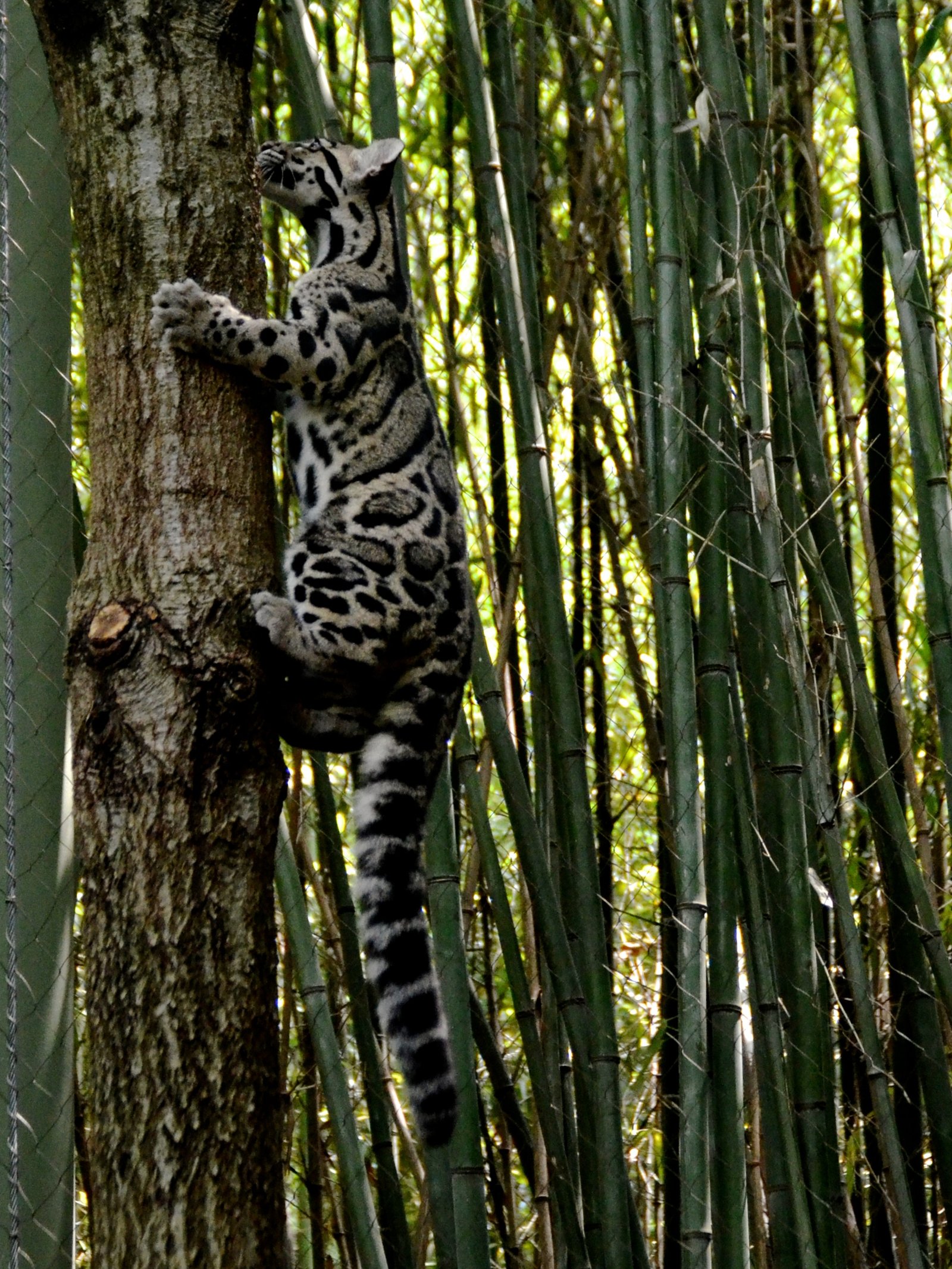
Although not as widely known as some of its larger relatives, the clouded leopard is a master of the treetops. This big cat has several adaptations that make it an exceptional climber. With short, powerful legs and large paws, the clouded leopard can climb down trees headfirst, a feat few other big cats can accomplish. Their long tails provide balance, while their flexible ankle joints allow for a greater range of motion when navigating branches. These adaptations enable them to hunt arboreal prey and evade ground-based predators. The clouded leopard’s climbing abilities are a testament to its versatility and resourcefulness in the wild.
8. The Puma’s Versatile Habitat Range
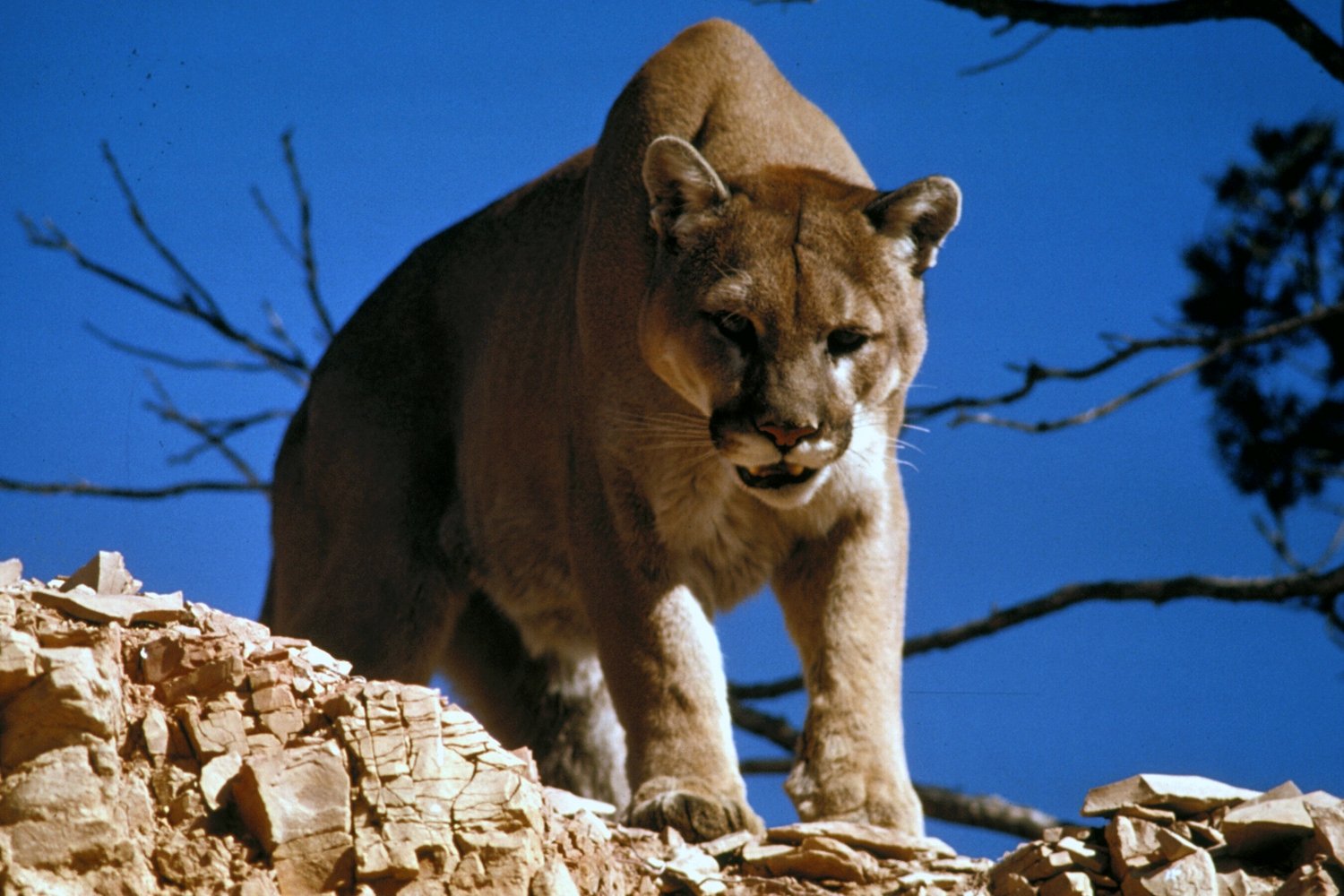
Pumas, also known as cougars or mountain lions, are among the most adaptable of the big cats, thriving in a wide range of environments across the Americas. From arid deserts to dense forests and snowy mountains, pumas have adapted to survive in diverse habitats. This adaptability is partly due to their solitary nature and varied diet, which includes anything from insects to large ungulates. Pumas are also excellent climbers and swimmers, further enhancing their ability to navigate different landscapes. Their adaptability makes them one of the most widespread big cats, capable of thriving in both remote wilderness areas and near human settlements.
9. The Serval’s Hearing Precision
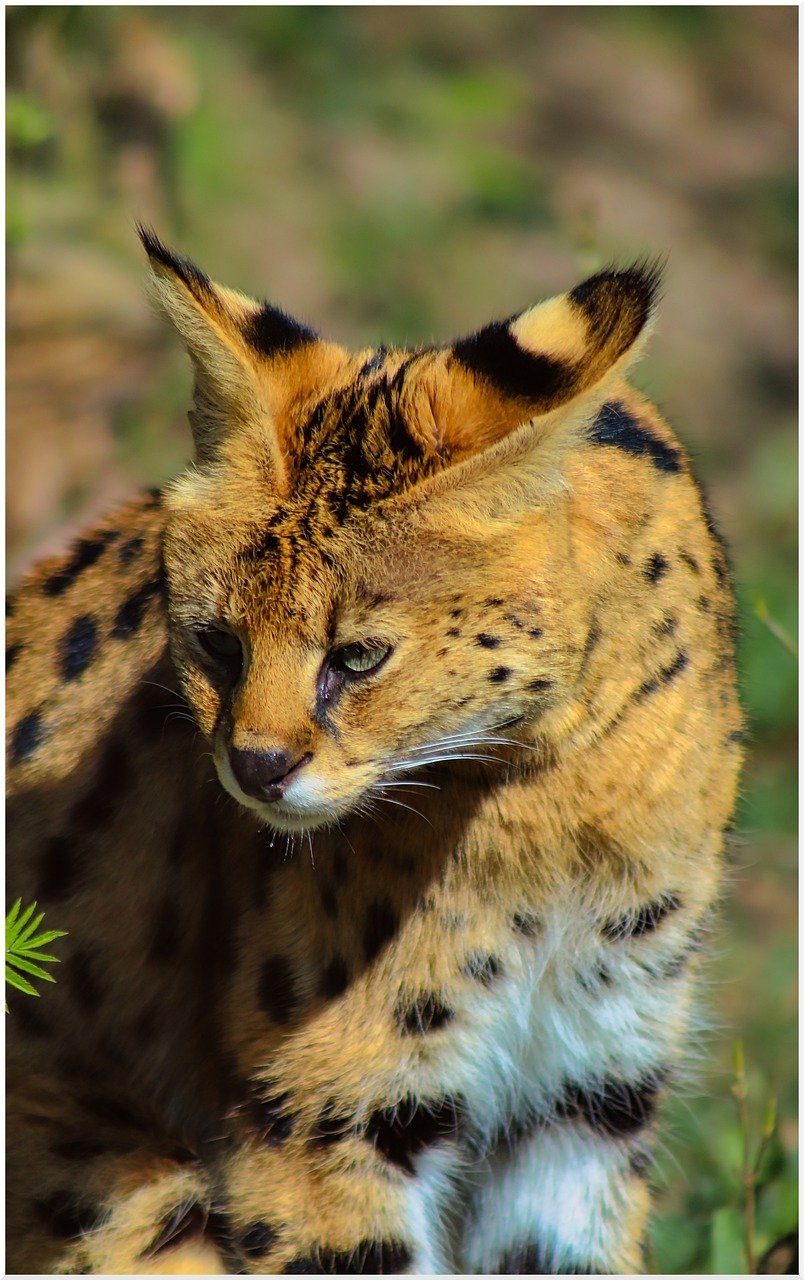
Servals may not be as large as other big cats, but their adaptations are no less impressive. These slender, long-legged cats are equipped with oversized ears that provide exceptional hearing. This acute sense allows them to detect the slightest rustle of prey hidden in the tall grasses of the African savannah. Servals can even locate animals burrowing underground, making them highly effective hunters. Their hearing is so precise that they can pinpoint the exact location of prey, even in complete darkness. This adaptation, combined with their remarkable leaping ability, enables servals to catch birds in mid-air, showcasing their incredible hunting prowess.
10. The Caracal’s Incredible Agility
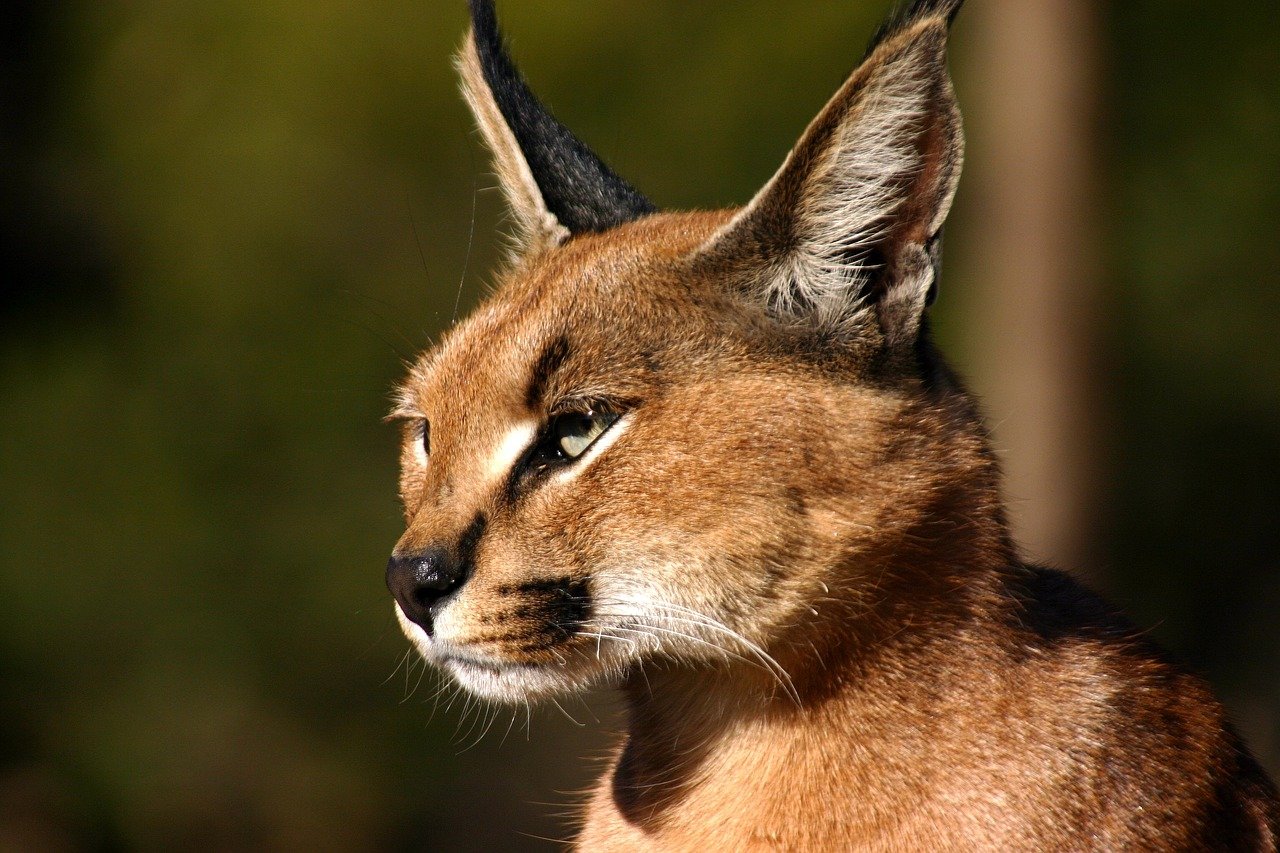
The caracal is known for its incredible agility and athleticism, making it one of the most versatile hunters among big cats. With long, powerful legs and a sleek body, caracals can leap up to three meters into the air to catch birds in flight. Their muscular build and flexible spine allow for quick, agile movements, whether chasing down prey or evading larger predators. The tufts on their ears are thought to enhance hearing and communication, further aiding in their hunting strategy. This combination of physical adaptations makes the caracal a formidable predator, capable of taking down prey much larger than itself.
Each of these big cats has evolved unique adaptations that highlight the diversity and ingenuity of nature. From the lion’s regal mane to the caracal’s acrobatic prowess, these adaptations demonstrate the incredible ways in which big cats have mastered their environments.
Hi, I’m Bola, a passionate writer and creative strategist with a knack for crafting compelling content that educates, inspires, and connects. Over the years, I’ve honed my skills across various writing fields, including content creation, copywriting, online course development, and video scriptwriting.
When I’m not at my desk, you’ll find me exploring new ideas, reading books, or brainstorming creative ways to solve challenges. I believe that words have the power to transform, and I’m here to help you leverage that power for success.
Thanks for stopping by, Keep coming to this website to checkout new articles form me. You’d always love it!






